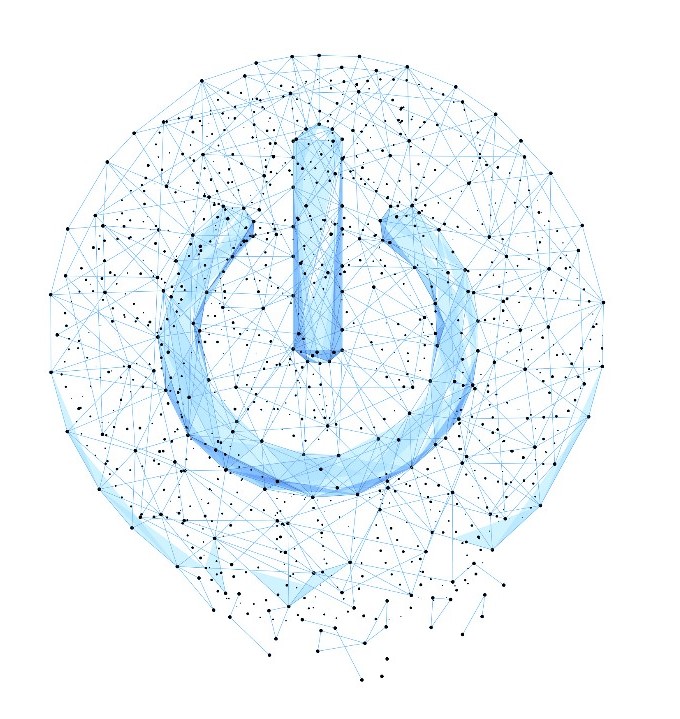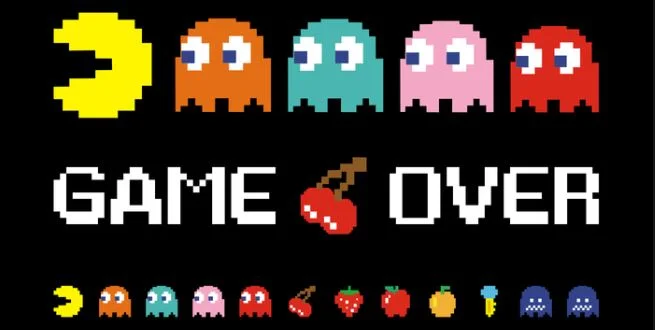HR is Broken: Too Many Rusty, Old Tools
Remember going to the local fair and seeing the displays of old farm machinery? It’s hard to hear it but many of the tools and approaches that organisations use for people/HR management today are exactly that: the tools of the last generation handed down to us.
In fact, underneath all automated systems, online forms, training calendars and HR policy, lies some really dusty old thinking, some of it from 40 years ago when HR evolved from the Personnel department. Some practices stretch back centuries including performance ratings from pre-WW1 army, the ‘master & servant’ labour laws from ye olde England, factory ‘training school’ approaches from the industrial revolution and incentive-pay principles from 1800’s Scottish cotton mills. It’s also worth noting that management-hierarchies date back at least 1000 years.
Yet these practices have remained at the heart of how modern corporations manage and organise. Despite mounting frustration and many industry cases showing better ways of working together, these practices are still actively taught today in universities and leadership schools & training programs.
After a thousand years, perhaps it’s time to update our thinking on use of hierarchies?
Set-and-forget habits in organisational management habits aren’t limited to past generations. A global consulting firm recently reflected with pride on how it’s ‘enduring’ 9-box talent matrix is still core HR practice since it’s invention in early 1970’s. I don’t see a timeless classic, but rather a 40-year stagnation by industry on how to foster people’s potential.
When you step back and look at why companies struggle to modernise their HR and organisation practices, there are three distinct-but-connected patterns emerge:
1. HR PRACTICE IS DIVERGING AND BECOMING MORE ORG-SPECIFIC
To innovate requires you to let go of familiar ‘proven’ concepts, no longer relying on a library of practices or expertise. Initially, both leaders and HR professionals must embrace the view that HR practice and products are diverging and will continue to evolve with industry year by year.
Good companies learn to sift through new practice ideas for those that might suit their own strategy, culture and industry drivers. Great companies like Atlassian or Zappos go a step further, assembling & piloting tailored HR & work practice that become the core of their teams’ working culture and employment experience?
Many organisations are learning where they need agile or traditional approaches, so must HR teams learn to differentiate which problems can be solved with their traditional toolkit and those which need a new set of rapid-design and piloting skills to help people explore new ways of working in quick, low-risk manner.
2. PRODUCT replacement CYCLE TAKES DECADES?
The second challenge in modernising HR is the cut the lag-time to replace products. Like McKinsey’s ‘enduring’ talent matrix, many other HR products have lagged. An obvious example is performance management (PM) which had stagnated since the mid-1980’s, despite a growing dissatisfaction with the ‘dreaded performance appraisal’.
Validity and effectiveness studies raised concerns starting in the 1980’s. Industry press routinely questioned value of PM since the early 2000’s. Since 2010 there has been a deluge of HR surveys showing a deep-seated dislike for PM from both leaders and staff. Companies like Microsoft and Adobe went on record on how PM damaged their firms, forcing them to pilot alternative practices.
So how is it, with all this data, that 99% companies didn’t even start changing their PM practice until 2016? Why does HR product replacement take decades?
Despite the hard work and good intentions of every HR professional I have worked with in 20 years, few companies have shifted this massive lag-time in replacing lacklustre HR products. Any retail or product marketing team ignoring this type of user/client data would be out of a job within a year!
Nevertheless most leaders coming into a HR team in Australia (and many other countries) will inherit a 20-30 year backlog of product innovation.
HYPOTHESIS: Slow product replacement times drives industry-wide frustration with the Human Resources function as well as organisational leadership
3. NO MANDATE TO INNOVATE, SO NO innovation culture
Speaking with HR professionals this year, very few of them have any kind of mandate to innovate. Where to pilot is also important as several recent surveys show that leaders are divided 50/50 on whether they want an agile, innovative HR team or just a dependable HR support team.
They also have to start hiring for the drive to Innovate. Out of more than 200 Innovation jobs listed on SEEK job board this month, only 1 was a HR-based. Dozens of companies that described themselves and their products as innovative did not describe their HR team or products in the same way.
Many HR leaders still report it’s easier to get funding and support for automation than innovation. On the flip side, a local HR thought leader recently suggested that many senior HR leaders are skipping the design stage and simply inherit the process and thinking from the enterprise systems they buy.
PLAYING CATCH-UP
So either you are ready to throw yourself off a cliff …..or you have realised that there is an enormous opportunity to delight people by breaking these old patterns with fresh ideass and products. Savvy HR leaders are now creating an early mandate to innovate, learning from leading employers, Agile approaches and groundswell movements like Hacking HR.
They are seeking out the people-centred design capabilities already embedded in their business, often in digital and retail teams, and borrowing their playbook. With a bit of encouragement the desire to innovate, usually lurking just below the surface in most people, comes forth provided people are given encouragement, time and recognition.
My recent experience is that around 20-40% of people in a team will rapidly convert to active innovators with simple encouragement. One team I worked with recently shifted from near- zero innovation activity to industry leading capability within a 2 year period, using product pipelines, small amounts of agile funding & simple design tools.
And don’t over look product replacements and software upgrade projects for new design opportunities. A group I coached recently engaged internal employees and leaders to simply identify priority products, key features & current pain-points. The build teams were then able to make smart design & configuration choices that resulted in smooth, successful technology delivery with strong user uptake.
There are some great people in the global community actively sharing their insights and options about what a more modern, agile and human-centred version of HR looks like. What’s missing though is an acknowledgement by HR industry and business leaders of specifically which products are crusty, rusty or just plain broken?
Please share your experience and stories on what is ‘broken’. Please!!
““People are anxious about work and the piece they are most anxious about is HR””







